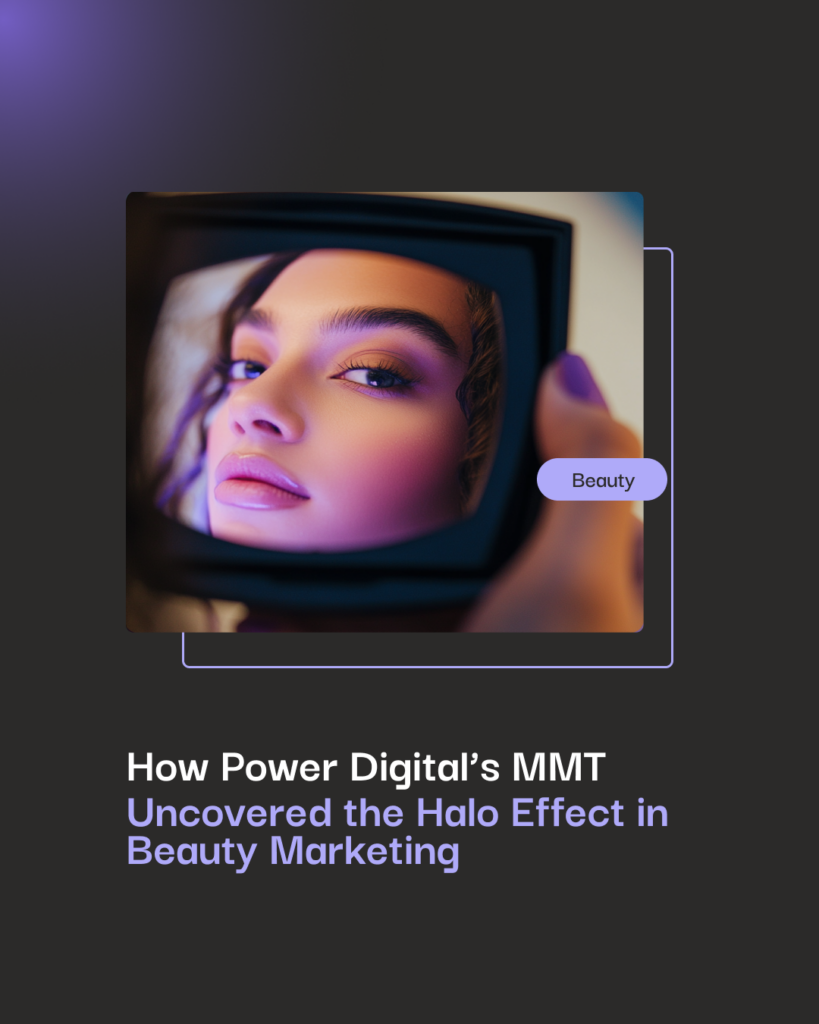How to Make the Most of An Internship

Everyone has their own definition of success, but you are the only person who can totally control how much of it you achieve. There’s a number of reasons why you may want to take on an internship – whether it be to create a stepping stone into another career path, learn additional skills, or to get a foot in the door at your dream company.
Every internship experience is different, but what should be universal is your approach to making it worth your time and the company bringing you on board. My experience at Power Digital Marketing taught me important lessons about the mindset you should have during an internship and how you can make the most of them.
Set Goals
First and foremost, start off by setting goals that you hope to achieve during the duration of your internship (this is also something you should do in your everyday life). Setting goals will help you create a vision, stay motivated, and move in the direction towards your desired outcomes. Goals also show that you are willing to learn and provide you the opportunity to illustrate your ability to reach milestones.
Another important facet of setting goals is that they hold you accountable for reaching them. They were set by you and thus you hold all the responsibility for reaching them. With that in mind, it’s crucial to make your goals feasible. At Power Digital, we do this by setting S.M.A.R.T. goals.
Related: The Benefits of Taking an Internship
S.M.A.R.T. stands for specific, measurable, attainable, realistic, and timely. Make your goals as specific as possible. You want little ambiguity so you know exactly what you’d like to accomplish and it prevents you from settling for less.
Goals should be measurable. Can you gauge how far you’ve come and track your progress? Being attainable is another important aspect of setting goals. You should be setting expectations that you can achieve.
Goals should realistic. Are you going to be to accomplish everything that you intend to do? Finally, goals should be timely. Set deadlines for when certain criteria should be met. Internships are usually for a set period so be sure that the time allotted allows for what you envisioned to be completed.
Being an intern, however, you do not always have the control you want in order to move in your desired direction. This leads me into the next point that every intern should do.
Take Initiative
Be hungry. One of the best things to do as an intern is taking action towards not only your own goals, but your company’s. It’s easy to be punctual (for some people), and plenty of interns before you probably showed their ability to work diligently. Don’t just accept your given workload and complete the basics like a project during your last semester when senioritis is in full swing.
Related: When Do Unpaid Internships Pay Off in a Student-Debt World?
Taking initiative doesn’t mean just running through the motions but rather, showing a willingness to learn and contribute in as many ways as possible. When given tasks, treat it with importance no matter how elementary you may find it to be. Show a sense of urgency towards everything you do and ask for more. Exerting maximum effort outshines talent any day and will separate you from the pack. As your responsibilities grow, embrace it. Take a small piece of success and use it to lay the foundation for a stronger future.
By constantly devoting yourself and committing to adding value, you step out of your comfort zone and make your presence known. When it comes time to enter the professional workforce, these are nuances that will be expected of you. Get into these good habits sooner and enjoy the benefits of them later.
With that being said I’ll discuss a valuable tactic for this next.
Be A Sponge
Internships are one of the best ways to gain new knowledge outside of the classroom. They provide a great opportunity for personal and professional growth. Take full advantage of this by being a sponge.
Information is going to be coming at you fast and frequently. Retain as much of it as possible!
They say curiosity killed the cat, but during your internship, be that cat. Curiosity and a craving for attaining new information should always be welcomed with open arms. Utilize every encounter with other colleagues and pick their brains.
Related: How to Land Your Dream Internship
It’s hard to become upset with someone when they show interest in what you have to say and continue to seek more wisdom. Ask as many questions as possible and show that you have the abilities to listen carefully and be coachable. These traits are absolutely imperative if you want to accomplish all the things your internship has to offer.
We’ve all had those frustrating conversations where what you say is responded to with perennial “What’s?” Nobody likes to repeat themselves, especially someone who is taking time out of their busy schedule to teach you.
This is where doing yourself a favor and writing things down will make your life easier. Take notes, some more notes, and finish things off with additional notes. You’ll never regret having something in writing. Regret only kicks in when you have a lack of recall and nothing to reference.
Being a sponge involves engagement, listening, and retention. It is a quest for understanding and a pursuit towards self-improvement.
Wrapping Up
No internship is the same, but your end goal should be. Use them to set the foundation for your post-college profession. Take your internships beyond text on a resume and turn them into speakable assets that can advance your career. Every new opportunity in life should be treated as a learning experience. When it’s all said and done, be sure to set goals, take initiative, and be a sponge.
Our Editorial Standards
Reviewed for Accuracy
Every piece is fact-checked for precision.
Up-to-Date Research
We reflect the latest trends and insights.
Credible References
Backed by trusted industry sources.
Actionable & Insight-Driven
Strategic takeaways for real results.







